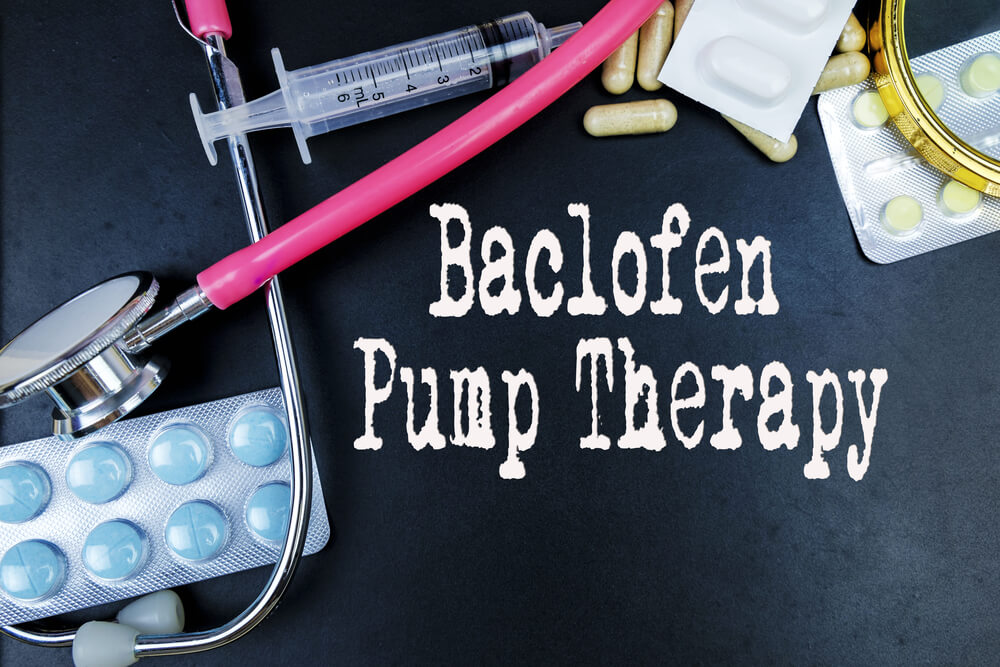TYPES
When having baclofen pump therapy, you can expect about 1-2 hours to finish this procedure, however, it depends on the techniques of the physicians.
You may need some time to stay in the hospital, or your doctor can do it on an outpatient basis. Before the surgery, your doctor will coordinate with you about the pump’s location for your relief.
During the medical procedure, the group of medical practitioners will:
- Give general anesthesia.
- Put down the pump on the top of your abdomen on the lower area.
- Attached the pump into a silicone tube known as catheter.
- Thread the catheter underneath the skin into the intrathecal space around the spinal cord, so it can transport the medicine.
- Fill the pump, based upon the preference of your doctor, we may fill it during or after medical procedure.
After medical procedure, you will feel some inconvenience and delicacy at the pump and catheter area. Your physician may endorse drugs to alleviate any discomfort you feel caused by the operation and antibiotics to get rid of infections.


